
Discover the Mission of WWF Nepal: A Sanctuary for Nature
Explore WWF Nepal: Championing Wildlife Conservation and Sustainable Practices in the Heart of Kathmandu.
WWF Nepal is a beacon for environmental conservation, dedicated to preserving the country's rich biodiversity and promoting sustainable practices. Visitors can learn about wildlife protection efforts, participate in educational programs, and support conservation initiatives that benefit both nature and local communities.
A brief summary to WWF Nepal
- Pabitra Pyara Marg, Kathmandu, Chandol, 44600, NP
- +9771-4534820
- Visit website
Local tips
- Visit during weekdays for a quieter experience and more personalized interaction with staff.
- Check their website for any special events or workshops that may be occurring during your visit.
- Consider making a small donation to support their conservation efforts while you are there.
- Bring a notebook or camera to capture insights and experiences from the educational programs.
Getting There
-
Car
If you are driving to WWF Nepal, start from your location in the Western Development Region and head towards Kathmandu. Follow the main highways leading to the capital, such as the Prithvi Highway (National Highway 1). Once you reach Kathmandu, navigate to Pabitra Pyara Marg in the Chandol area. Use a GPS or maps application for precise directions. Look for parking options nearby, as parking may be limited in certain areas.
-
Public Transportation (Bus)
To reach WWF Nepal by public transportation, take a local bus heading to Kathmandu from your location in the Western Development Region. Buses frequently leave from main bus stations in towns such as Pokhara or Butwal. The journey may take several hours depending on traffic and distance. Once you arrive at the bus station in Kathmandu, you can take a taxi or a local microbus to Chandol area. Ask the driver to drop you off at Pabitra Pyara Marg, which is the address for WWF Nepal.
-
Taxi
If you prefer a more direct route, you can hire a taxi from anywhere in the Western Development Region to WWF Nepal. This option will be more expensive but offers convenience. Just tell the driver to take you to Pabitra Pyara Marg in Chandol, Kathmandu. Ensure to negotiate the fare before starting your journey or use a ride-hailing app if available.
-
Motorbike Rental
For the adventurous, consider renting a motorbike in the Western Development Region. Follow the same directions as for cars, heading towards Kathmandu. Once you reach the city, navigate through the streets to find Pabitra Pyara Marg. This option allows you greater flexibility to explore the area along the way. Make sure you have a valid motorcycle license and wear appropriate safety gear.
Discover more about WWF Nepal
Iconic landmarks you can’t miss
WWF Nepal
0.0 km
Explore WWF Nepal: Championing Wildlife Conservation and Sustainable Practices in the Heart of Kathmandu.

Capital city Nepal kathmandu
1.4 km
Experience the vibrant culture and breathtaking beauty of Kathmandu, Nepal's capital city, where ancient traditions meet modern life.

Chitwan Jungle Safari Tour
1.4 km
Explore the breathtaking Chitwan Jungle Safari Tour, where wildlife adventures and nature's beauty create unforgettable experiences in Nepal.
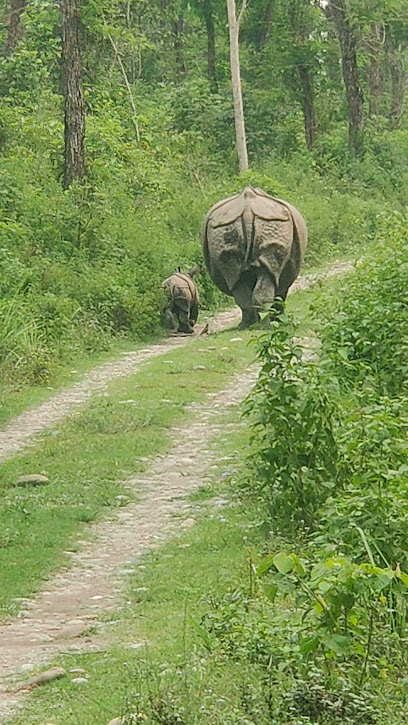
Kumari Shrine
1.5 km
Explore the Kumari Shrine in Kathmandu, a vibrant Hindu temple dedicated to the living goddess, a must-see for cultural and spiritual enthusiasts.

Narayanhiti Palace Museum North Gate Rd Bus Stop
1.6 km
Explore the historic Narayanhiti Palace Museum from the convenient North Gate Rd Bus Stop, a gateway to Nepal's royal heritage.

Kathmandu garden of dreams
1.6 km
Experience tranquility amidst the bustling city of Kathmandu at the enchanting Garden of Dreams, a historical oasis of beauty and serenity.

Krishna Dangal
1.6 km
Experience the serene beauty of Krishna Dangal, a peaceful park in Kathmandu perfect for relaxation and enjoying nature amidst the city's vibrant culture.

TAAN
1.8 km
Explore the heart of Nepal's adventure tourism at TAAN in Kathmandu, your essential stop for trekking information and resources.
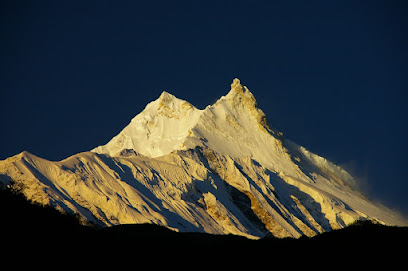
Shree Sadan
2.0 km
Explore the cultural heritage of Nepal at Shree Sadan Museum, a captivating destination for history enthusiasts in Kathmandu.

Naag Pokhari
2.0 km
Experience the serene beauty of Naag Pokhari, a cultural landmark in Kathmandu, rich in history with a tranquil pond surrounded by lush greenery.
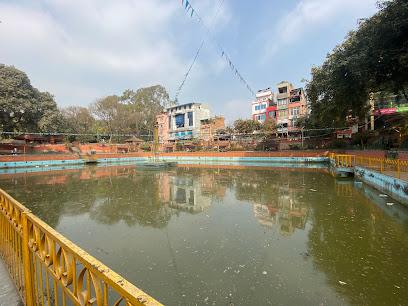
Rolwaling Trek Pvt Ltd
2.1 km
Explore the Himalayas with Rolwaling Trek Pvt Ltd – your gateway to unforgettable trekking adventures in Nepal's stunning landscapes.

Baniyatar Bridge
2.2 km
Discover the enchanting Baniyatar Bridge in Tokha, a scenic marvel that embodies the charm and culture of Nepal's beautiful landscapes.

Rolwaling Excursion Pvt.ltd
2.4 km
Explore Nepal's breathtaking landscapes and rich cultures with Rolwaling Excursion Pvt.ltd, your adventure partner for unforgettable journeys.

Chitwan Wildlife Safari
2.4 km
Explore the wild heart of Nepal at Chitwan Wildlife Safari, where adventure meets nature in a breathtaking wildlife sanctuary.
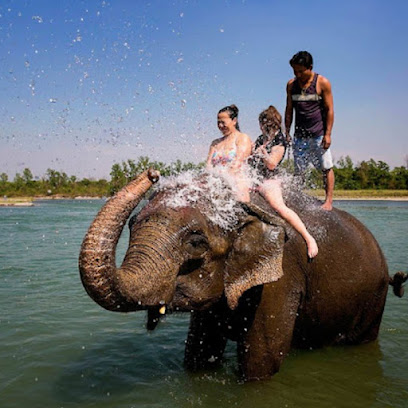
Shree Banglamukhi Mandir
2.4 km
Experience the divine tranquility of Shree Banglamukhi Mandir, a serene Hindu temple in the heart of Kathmandu, rich in culture and spirituality.
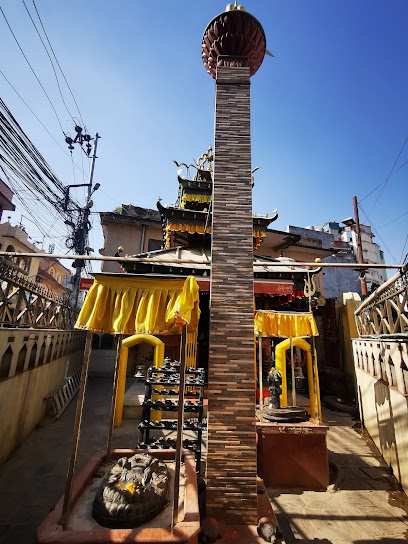
Unmissable attractions to see
Ranibari Community Forest
1.0 km
Discover tranquility at Ranibari Community Forest, a lush green oasis in Kathmandu perfect for nature lovers and peaceful retreats.
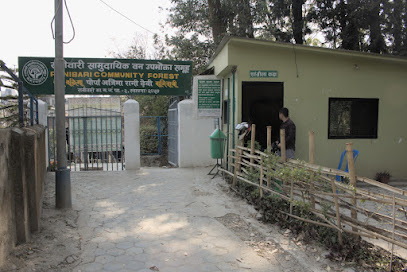
Adventure Thirdpole Treks
1.1 km
Explore the majestic landscapes of Nepal with Adventure Thirdpole Treks, your trusted partner for unforgettable trekking experiences and adventure tours.
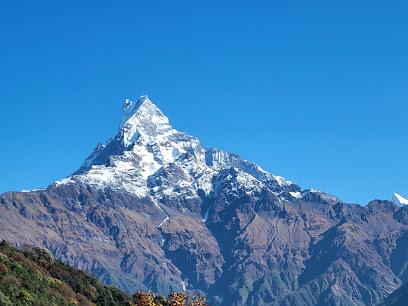
Dakshinkali Mandir
1.3 km
Explore the spiritual heart of Nepal at Dakshinkali Mandir, a sacred temple dedicated to the goddess Kali, surrounded by breathtaking natural beauty.
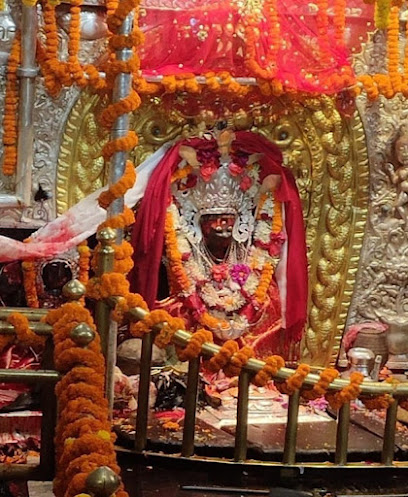
White Gompa
1.4 km
Discover tranquility at White Gompa, a hidden gem in Kathmandu where spirituality meets stunning architecture amidst serene surroundings.

Krishna Mandir Hadigaun
1.5 km
Explore the spiritual beauty of Krishna Mandir Hadigaun, a mesmerizing Hindu temple in the heart of Kathmandu, rich in culture and history.
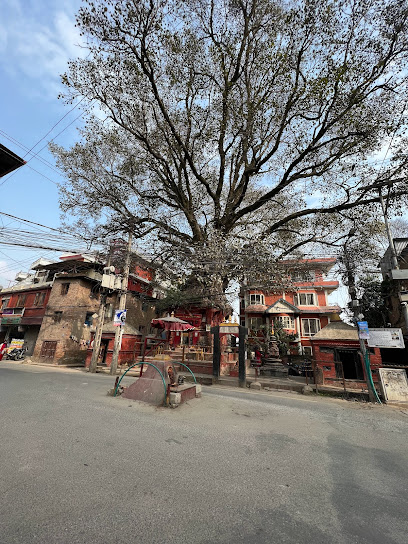
Ghale Treks
1.5 km
Explore the breathtaking landscapes of Nepal with Ghale Treks, your gateway to unforgettable adventures in the heart of the Himalayas.

Buddha Temple
1.6 km
Discover the spiritual heart of Kathmandu at Buddha Temple, a serene sanctuary filled with rich traditions and breathtaking views.
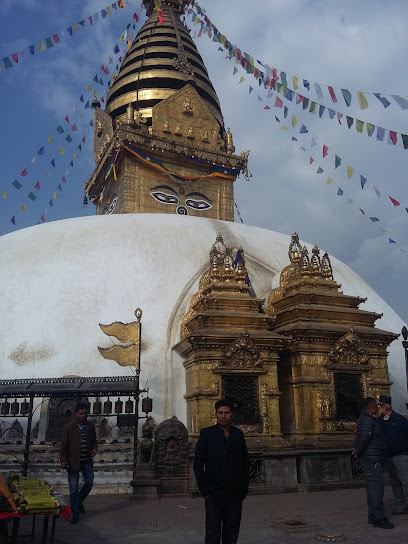
Handigaun
1.6 km
Explore Handigaun, a captivating tourist attraction in Kathmandu, where history meets adventure in a vibrant cultural setting.
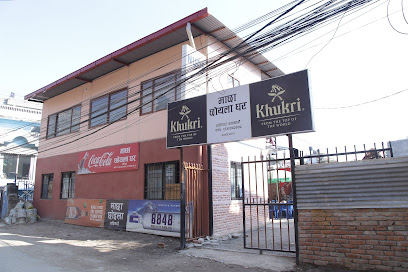
Hotel Shanker - Palatial Heritage Kathmandu
1.7 km
Experience the royal heritage and modern luxury at Hotel Shanker, a palatial gem in the heart of Kathmandu, perfect for leisure and business travelers alike.
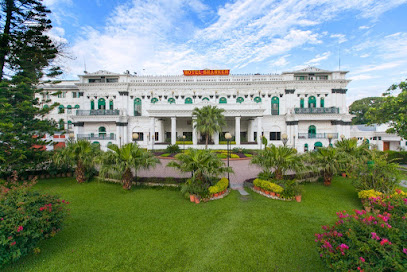
Paragliding in Pokhara (Booking)
1.8 km
Experience the thrill of paragliding in Pokhara, where breathtaking mountain views meet serene lakes in an unforgettable adventure.
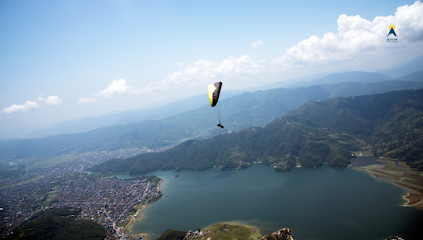
Regulus Treks and Expedition Pvt. Ltd.
1.8 km
Experience the adventure of a lifetime with Regulus Treks and Expedition Pvt. Ltd. – your trusted partner in exploring the stunning landscapes of Nepal.
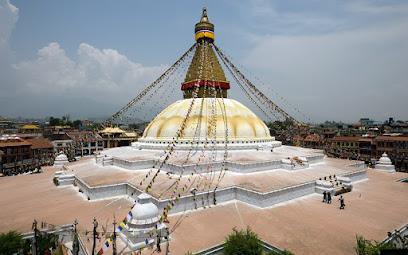
Kanchenjunga Trekking
1.8 km
Explore the majestic beauty of Kanchenjunga with unforgettable trekking adventures through breathtaking landscapes and rich cultural experiences.
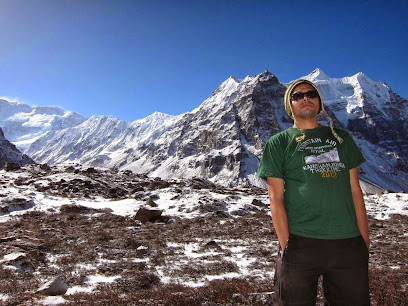
Everest Base Camp Helicopter Tour with landing flight cost (Himalaya Holiday Service Pvt. Ltd.)
2.0 km
Experience the Everest Base Camp Helicopter Tour for breathtaking views of the Himalayas and an unforgettable journey to the world's highest peak.
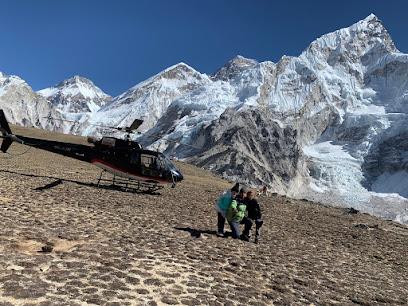
Shree Naxal Bhagawati Temple
2.0 km
Experience the serenity and cultural richness of Shree Naxal Bhagawati Temple, a hidden gem in Kathmandu's vibrant spiritual landscape.
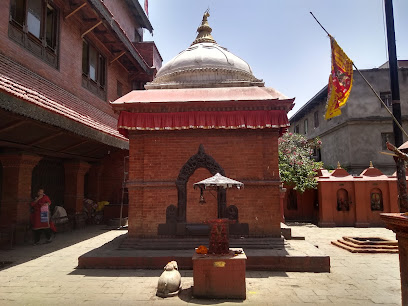
Oriental Journeys
2.0 km
Explore Kathmandu's rich culture and breathtaking landscapes with Oriental Journeys, your trusted partner for unforgettable tours in Nepal.
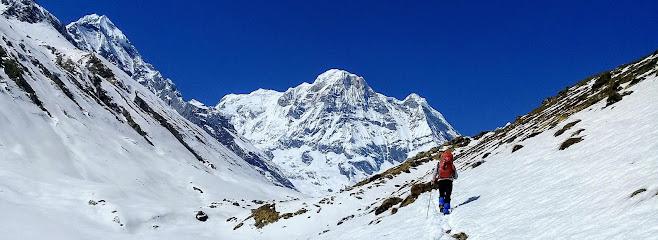
Essential places to dine
Le Sherpa Restaurant
0.4 km
Experience fine dining at Le Sherpa Restaurant in Kathmandu – where local flavors meet international cuisine in an elegant setting.
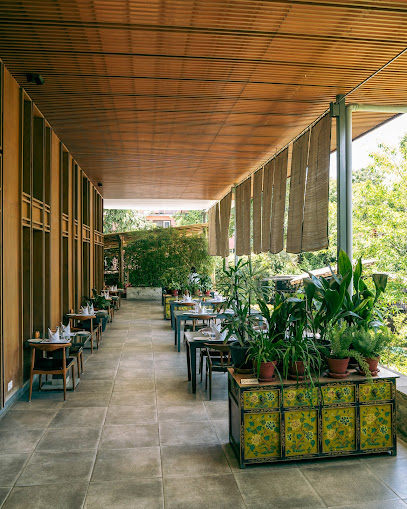
Walnut Bistro
0.5 km
Discover authentic Nepali flavors at Walnut Bistro in Kathmandu - where every dish tells a story!

Himalayan Bio Kitchen
1.0 km
Discover authentic Nepalese cuisine at Himalayan Bio Kitchen in Kathmandu—where organic meets tradition in every delightful dish.
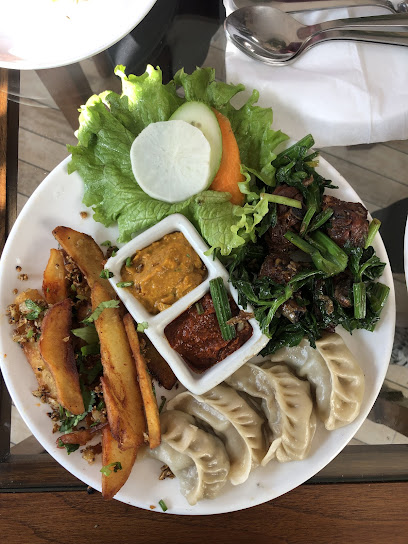
Samsara Garden
1.0 km
Discover tranquility at Samsara Garden in Kathmandu – where delicious cuisine meets serene garden views.

Paradise Garden Restaurant
1.3 km
Experience authentic Nepalese breakfasts in a tranquil garden setting at Paradise Garden Restaurant in Kathmandu.
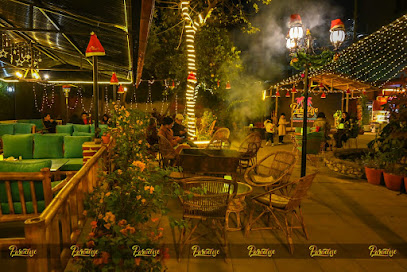
Nepali Chulo Authentic Restaurant
1.3 km
Discover the heart of Nepal through its authentic flavors at Nepali Chulo - where every dish tells a story.
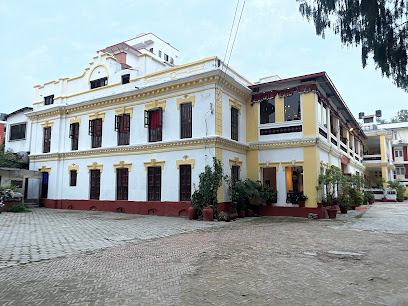
Basundhara Mustang Thakali Chulo & Multi Cusine
1.3 km
Discover authentic Nepalese cuisine at Basundhara Mustang Thakali Chulo – where family-friendly dining meets rich cultural flavors.
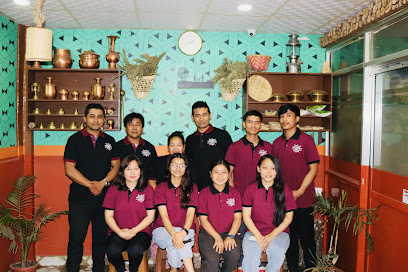
Salon de Kathmandu Cafe & Bistro
1.4 km
Experience authentic flavors at Salon de Kathmandu Cafe & Bistro - where local cuisine meets international flair in a cozy setting.
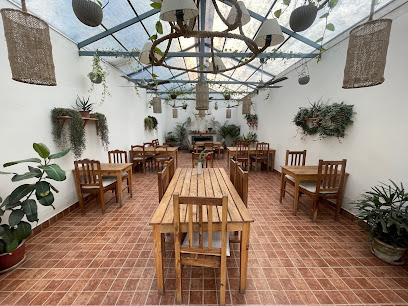
Copacabana Kathmandu Restaurant
1.5 km
Discover vibrant Latin American cuisine at Copacabana Kathmandu - where every meal is an adventure filled with flavor and live music.
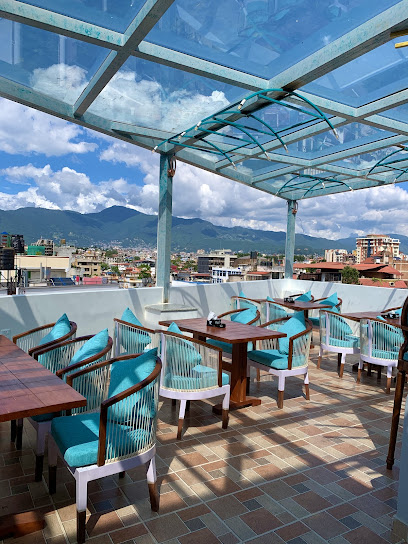
Piano Piano, Lazimpat - Best Italian Restaurant In Kathmandu
1.6 km
Experience authentic Italian cuisine at Piano Piano in Lazimpat, Kathmandu – where every meal feels like a trip to Italy.

Krua Thai Restaurant
1.6 km
Experience the rich and vibrant flavors of Thailand at Krua Thai Restaurant in Kathmandu - a culinary haven for food enthusiasts.
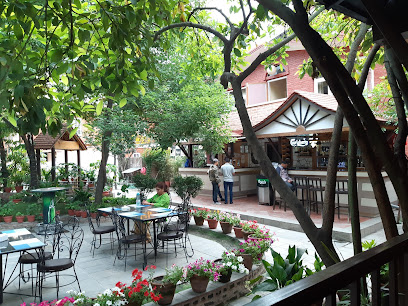
Butwal Lumbini Bhojanalaya
1.6 km
Experience the essence of Nepalese cuisine at Butwal Lumbini Bhojanalaya - where tradition meets taste in every dish.
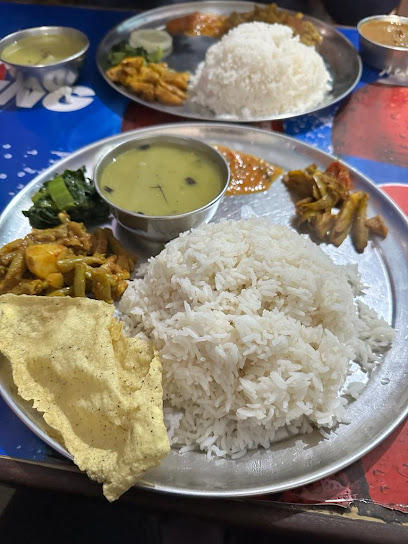
Cabana By Sky High
1.6 km
Discover the vibrant flavors of Nepal at Cabana By Sky High in Lazimpat – where tradition meets modern dining.
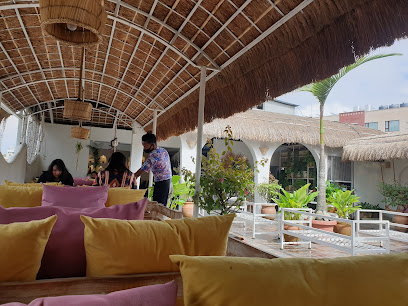
Villa 72 Restaurant
1.7 km
Discover the exquisite flavors of continental cuisine at Villa 72 Restaurant in Kathmandu—where culinary excellence meets serene ambiance.
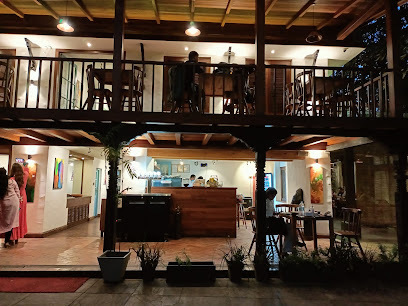
Vinoliva Restaurant & Bar
1.7 km
Discover culinary delights at Vinoliva Restaurant & Bar in Kathmandu – where diverse flavors meet live music for an unforgettable dining experience.
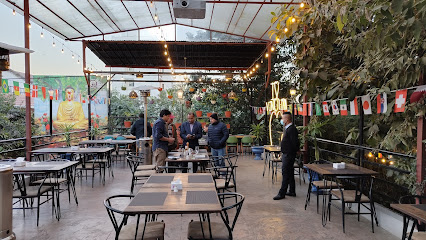
Markets, malls and hidden boutiques
Black Diamond shop
0.2 km
Explore the best trekking gear and authentic outdoor products at Black Diamond Shop in Kathmandu, your essential stop for adventure in Nepal.
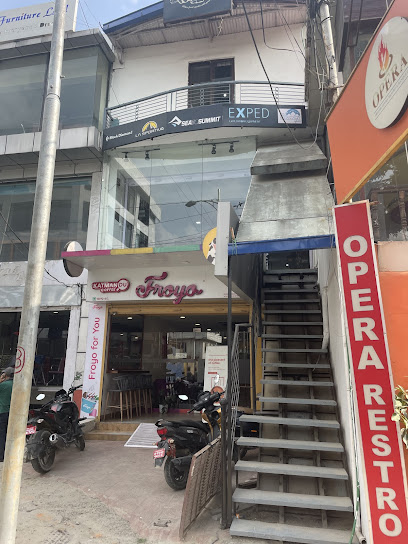
Gorkha manakamana furniture cast , basundhara,kathmandu,nepal
1.1 km
Explore the artistry of Nepalese craftsmanship at Gorkha Manakamana Furniture Cast, where traditional designs meet modern elegance.
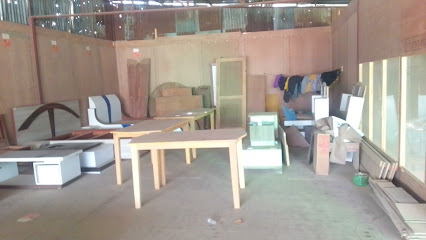
Hardware Boutique - Hardware store in Kathmandu, Nepal
1.2 km
Explore Kathmandu's Hardware Boutique for a comprehensive range of tools and materials, blending local charm with modern convenience.

MAHAGUTHI CRAFT WITH CONSCIENCE
1.4 km
Explore Mahaguthi Craft With Conscience in Kathmandu for authentic Nepali handicrafts that support local artisans and embrace sustainable practices.
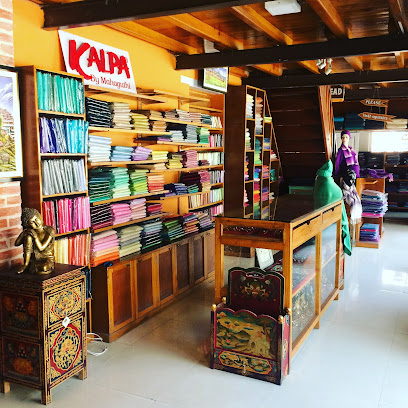
Maison de Kathmandu Shop
1.5 km
Explore the rich craftsmanship of Nepal at Maison de Kathmandu, where unique handicrafts await to tell their stories.
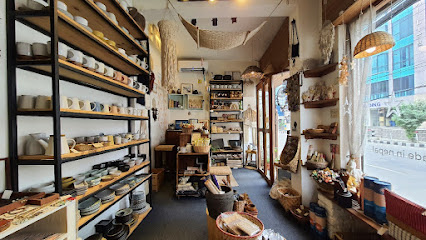
Famous Gurkha Khukuri House
1.6 km
Explore the rich craftsmanship of Nepal at the Famous Gurkha Khukuri House, where tradition meets artistry in every handcrafted khukuri.

Le Fabec
1.6 km
Explore the unique blend of contemporary and traditional fashion at Le Fabec, Kathmandu's premier women's clothing destination.

PERRIE
1.6 km
Explore PERRIE in Kathmandu for an unforgettable shopping experience with unique handcrafted goods and local artistry.

Big Mart
1.6 km
Explore Big Mart in Lazimpat, Kathmandu – your ultimate convenience store for groceries, snacks, and local delights.
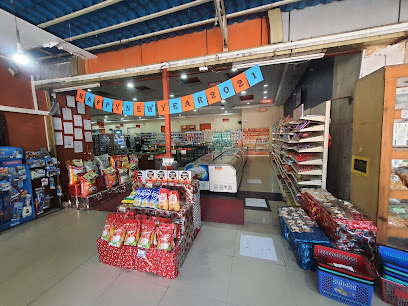
Gorkha Athletics
1.6 km
Shop at Gorkha Athletics for the finest activewear in Kathmandu, blending local craftsmanship with functional design for your outdoor adventures.

Third World Craft Nepal
1.6 km
Explore a treasure trove of authentic Nepalese crafts and gifts at Third World Craft Nepal, where every item is a story waiting to be discovered.

Antique market nepal
1.6 km
Explore Kathmandu's Antique Market, a vibrant hub of culture and crafts, perfect for finding unique souvenirs and experiencing local heritage.

रत्नबिद लोक राज कोइराला
1.6 km
Explore the vibrant culture of Nepal at Ratnabid Lok Raj Koirala, a gift shop brimming with unique handcrafted treasures and local artistry.

By Mountain People | your Nepal trekking expert for personalized adventures
1.7 km
Discover personalized trekking adventures in Nepal with By Mountain People, your expert travel agency in Kathmandu.
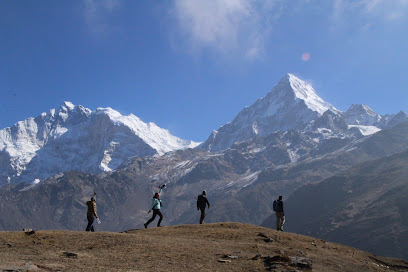
Gorkha Readymade गोरखा रेडीमेड उद्योग
1.7 km
Discover the essence of Nepali fashion at Gorkha Readymade, a vibrant hub for exquisite textiles and unique clothing designs in Budhanilkantha.

Essential bars & hidden hideouts
R.t bar & grill
0.2 km
Experience the vibrant culinary scene of Kathmandu at R.t Bar & Grill, where local flavors meet international cuisine in a cozy atmosphere.
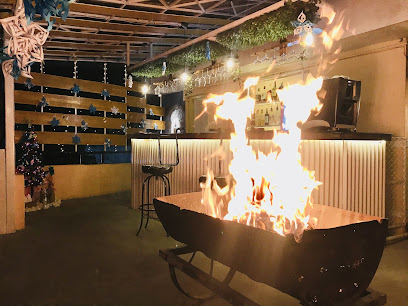
Perkyz Pub
0.6 km
Experience an unforgettable night out at Perkyz Pub, where Kathmandu's vibrant culture meets a cozy and lively atmosphere.
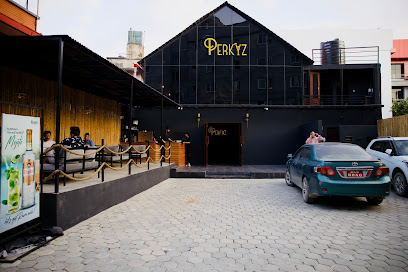
Oskar Bar & Grill
0.8 km
Experience the vibrant flavors of Nepal at Oskar Bar & Grill, where culinary excellence meets a warm and inviting atmosphere in Kathmandu.

Bitters & Co.
1.3 km
Discover innovative cocktails and delicious bites at Bitters & Co., Kathmandu's vibrant cocktail bar and gastropub in the heart of Lazimpat.
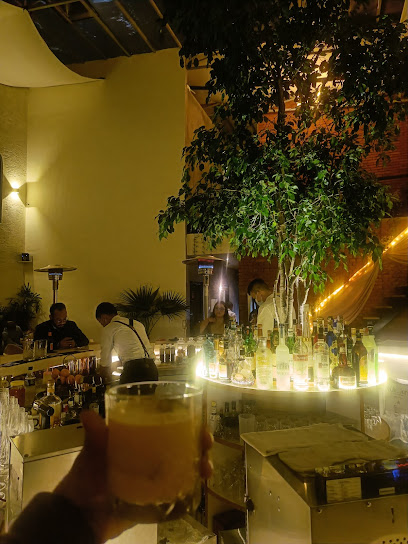
The Ministry Bar and Cafe
1.3 km
Experience a blend of fine dining and vibrant nightlife at The Ministry Bar and Cafe in Kathmandu, where elegance meets local flavor.
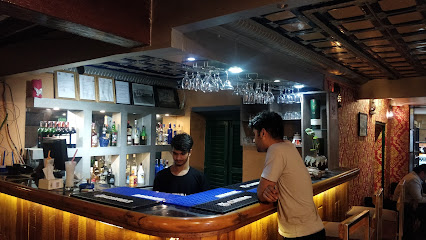
Weekend Bar
1.5 km
Discover the vibrant nightlife of Kathmandu at Weekend Bar, where great drinks and a lively atmosphere await every traveler.
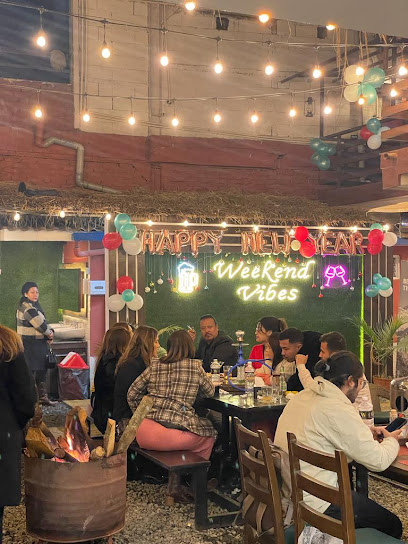
Jazz Upstairs
1.7 km
Experience the soulful rhythms of Kathmandu at Jazz Upstairs, a lively pub with live jazz music and delicious cuisine.
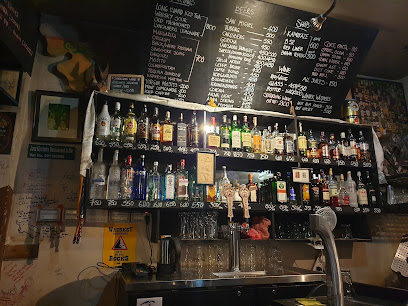
VUE Eatery And Cocktail Bar
1.8 km
Experience the vibrant atmosphere and exquisite flavors at VUE Eatery and Cocktail Bar in Kathmandu, a perfect blend of culture and culinary delight.
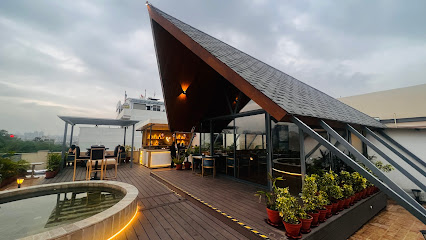
Rum Doodle Bar & Restaurant
1.8 km
Savor the vibrant flavors of Kathmandu at Rum Doodle Bar & Restaurant, where culinary delights meet a lively atmosphere.
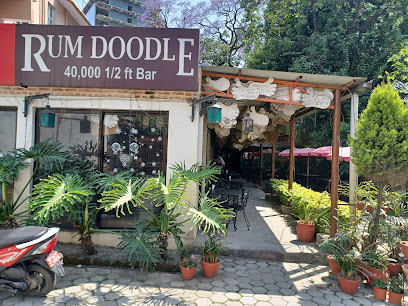
Triple Double Lounge and Bar
1.9 km
Discover the heart of Kathmandu's nightlife at Triple Double Lounge and Bar, where great drinks and a vibrant atmosphere await.
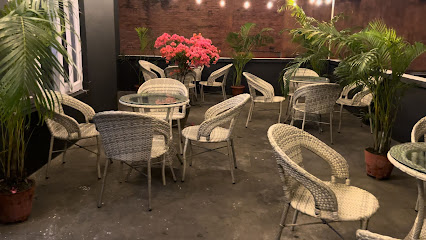
Irish Pub
1.9 km
Discover the vibrant atmosphere of an Irish pub in Kathmandu, offering authentic cuisine and a lively ambiance perfect for travelers.

Nepal Micropub
1.9 km
Experience the heart of Kathmandu's craft beer scene at Nepal Micropub, a cozy bar with local brews and a welcoming atmosphere.
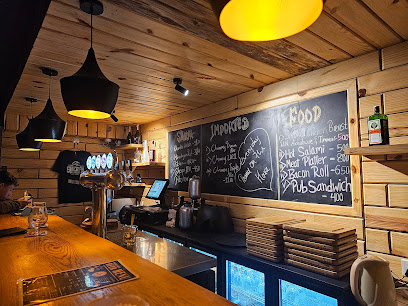
The Sinke Bar & Club
2.3 km
Experience the vibrant nightlife of Kathmandu at The Sinke Bar & Club, where fun, music, and dancing come together for an unforgettable evening.
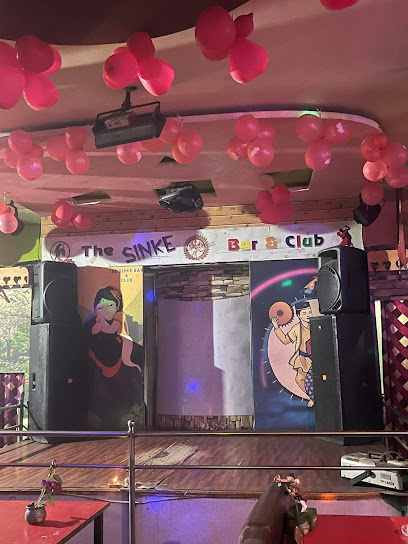
The Cool Bar
2.3 km
Experience the vibrant nightlife of Kathmandu at The Cool Bar, where refreshing drinks and a lively atmosphere await every visitor.
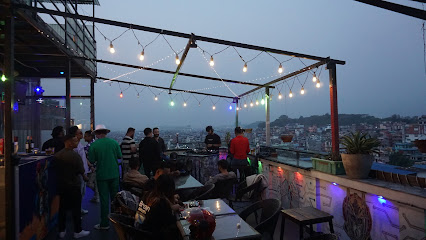
Titos Pub
2.4 km
Discover the lively spirit of Kathmandu at Titos Pub, where great drinks, live music, and an energetic atmosphere await.




